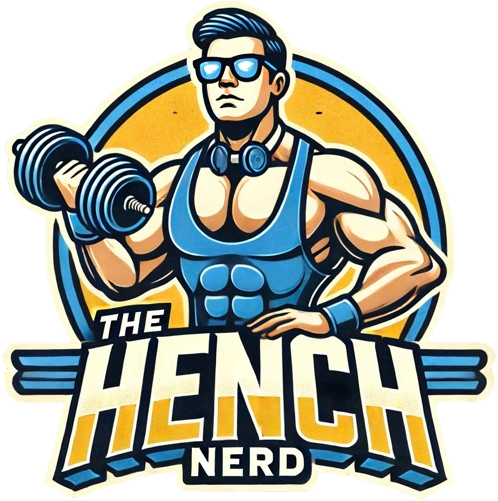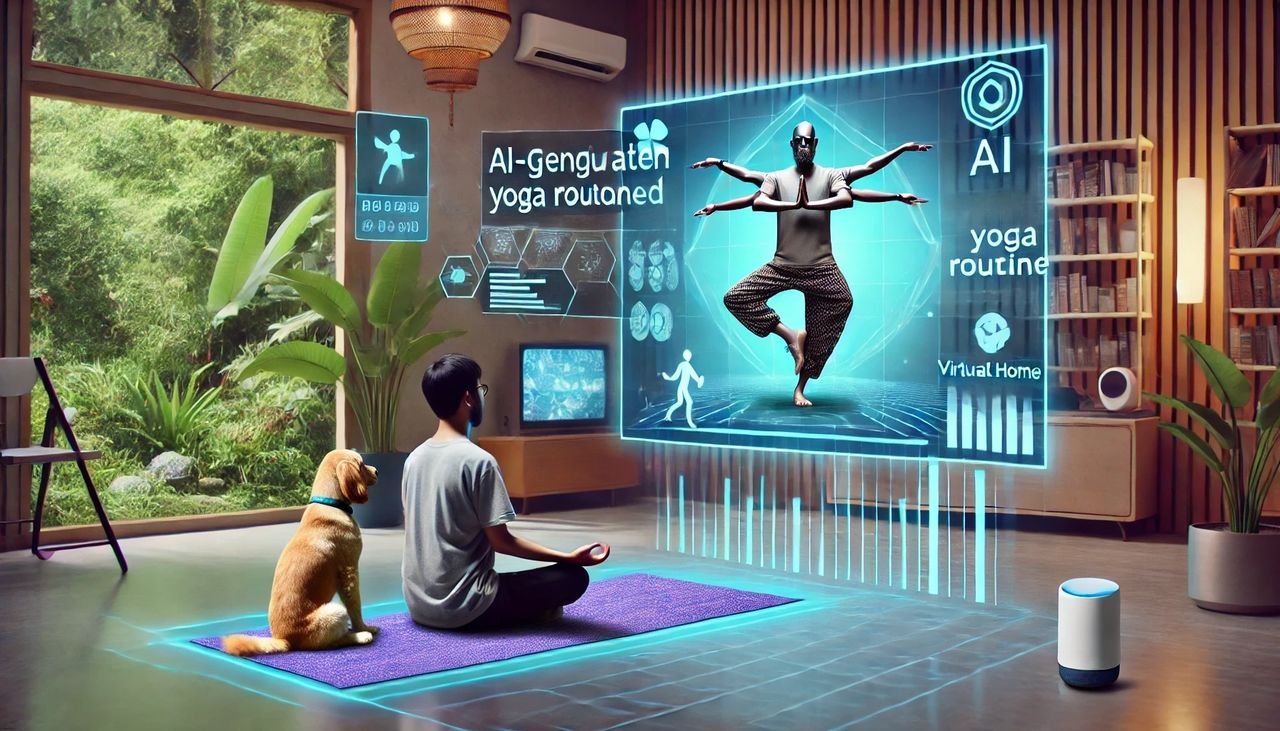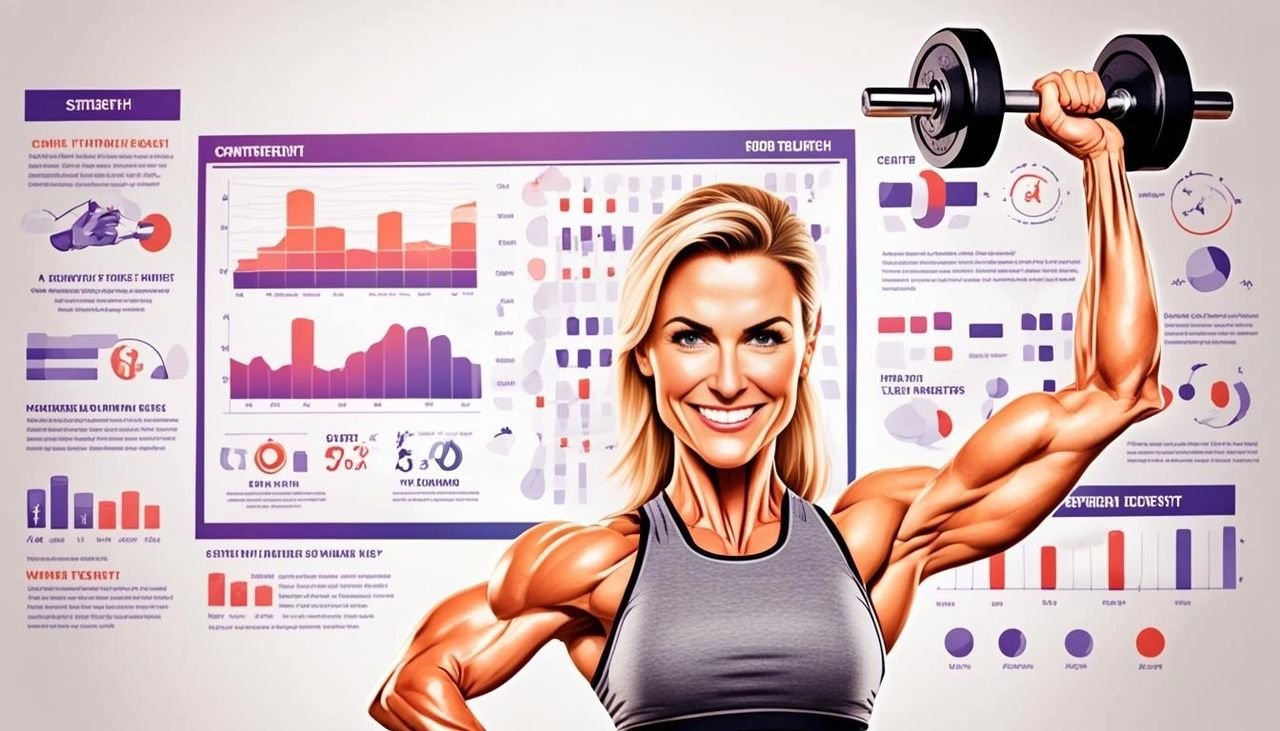Female weight loss and why you can’t get rid of cellulite
In covering female weight loss and why you can’t get rid of cellulite, I’d like to explore real fat loss truths and why you are constantly comparing yourself to a lie and what to do about it. In this blog post I’d like to cater for my female audience via a combination of common questions, myth busting and facts. I’d like to plea to every female out there – stop this madness! Smoke, mirrors and why you can’t get rid of cellulite In today’s modern world of instant gratification and smoke and mirrors, it’s easier than ever to be drawn into a climate that profits on keeping you confused, disillusioned and inclined to prematurely give up your diet and exercise journey. Only once you’ve parted with some cash, of course. The system then relies on you rinsing and repeating. The female form is an incredible work of art. This is true whether you’re at your goal body weight or have many lbs/kilos to lose. You can’t get rid of cellulite nor should you want to! Speaking as a man, if I had to go through the monthly hormonal disruptions, child birth process and general challenges women of all ages encounter, I’d not last very long. The first revelation you need to take to understand is that life isn’t too dissimilar to what Morpheus once told Neo, “You’re were born a slave, Neo. Like everyone else you were born into bondage. Into a prison that you cannot taste, see or touch. A prison for your mind”. Today’s world leaves a bad taste in my mouth The above photo and statement all seems a tad dramatic doesn’t it? Well, hear me out a little. I believe the 90’s was our pinnacle as a species. Just enough technology for comfort and to keep in touch with loved ones via a landline, but our lives were still dominated by in-person social interaction and a grounded sense of knowing someone, warts and all. Here’s a sneak reveal regarding why you can’t get rid of cellulite. It’s a made up problematic condition. It’s the equivalent of me making up a fabricated problem of men having arm pit hair. Does the above still seem too far fetched? Are you jealous of a lie? Today’s technology has created a false and virtual world. You’re now comparing yourself and your aspirations to the unobtainable. How many times have you looked at someone else’s life on social media and wondered how they got the funds to afford that? How is your friend from school 20 years ago always blissfully happy? Why can’t your house look that tidy? Why does she have it all together? Why don’t I have that car? She’s thinner than me, My holiday was worse than hers. The list is endless. You’re viewing a world with extreme limits. Those limits are placed upon you by the poster. You’re not going to see the eye watering credit card debt, their children’s tantrums, the husband engaging in the affair, the tears and the general life difficulties experienced by all of us. You’re watching fabricated highlights of someone else’s life. I will ask again, does The Matrix Movie now seem a million miles away? Why should there be much variance when it comes to diet and exercise? ● How many times have you googled how do I get a celebrity body? ● How often are you looking on TikTok, Instagram, Facebook, Youtube etc for weight loss, diet and exercise tips? ● How often do you watch famous influencers and follow them for weight loss tips, because you want to look exactly like them and follow their incorrect advice to a tee? ● How many different radical diet and exercise programs have you followed over the years? ● How to get rid of cellulite? ● The best female weight loss course? You may be in luck, here’s a link to my fat loss course. A 10 week fat loss course, can I eat what I want? ● How many various weird and wonderful exercise contraptions/supplements have you purchased over the years? Do you still use them? Little do you know you can get in exceptional shape with nothing but you’re body and space- best home cardio workouts for all levels and ages ● Perhaps the most important consideration of them all…. If you’ve had access to many social media influencers for years, why are you still interested in female weight loss? The answer is over complication of a simple subject. Be wary of female weight loss smoke and mirrors The above photo is well worthy of a click into link and read. The lies, deception and lengths people will go to fool you is astounding. Why are they participating in this behaviour? Many fortunes have been spent on reaching for the impossible. Before I continue, I’m not tarring all celebrities and influencers with the same brush. There are some great people out there who can also advise on female weight loss. It’s becoming increasingly hard to differentiate between the good, bad and downright morally ugly. You must learn discernment. If something appears too good to be true, it usually is. It’s as relevant of a saying today as it was in years gone by, perhaps even more so. ● Most famous influencers develop a following because people aspire to look like them. You can’t, this person has different genetics to you. Remember those people you went to school/previously worked with? The type of people who were drop dead gorgeous with little effort and could eat anything and get away with it? They seemed to be genetically gifted with very little weight gain and would achieve weight loss by cutting out a meal just the once. The chances are you’re following an extreme example, a person who’s already climbed to the top of the tree against other genetically gifted people and won out. ● Too much weight loss will often result in a woman’s period ceasing. Why? Your body doesn’t want to reproduce when … Read more





